Painting is easy, you just have to ask the right advisees. "Painting is just another way of keeping a diary," Picasso proclaimed. "Painting is self-discovery," said Jackson Pollock. "Painting is easy when you don't know how," Edgar Degas said, rather encouragingly. So why isn't there an easel and painter's palette in every home? Why didn't we follow in Bob Ross' footsteps years ago, and nudge amateur artists to pick up a brush and experiment with happy little trees?
In a new book titled Daily Painting, author and artist Carol Marine has written a short treatise on behalf of the medium. Paint small and often, she encourages in her 182-page tome, part how-to, part history lesson. She outlines the power of daily painting, the materials to get your started, the tips to keep you going and the best solutions for creative block. "While the idea of painting every day may sound overwhelming, let me assure you," Marine writes in the book's introduction, "there are no specific rules or requirements."
A new year is around the corner, and with another dropping of the ball comes another month of resolutions. Some promise to work out or finish that novel they carry in their tote bag. But we suggest you take to painting. Here are 9 tips for making painting a part of your daily life next year:
1. Start Small

"When you're only doing large works, you often feel a compulsion to get things 'finished'... With this mentality, it can be difficult to do any kind of real experimenting. But with small paintings that take only an hour or so, you can try several new things every day."
2. Don't Get Overwhelmed By Materials
There are no right or wrong materials. "It takes time to find a painting surface that works for you. I recommend trying as many surfaces as you can, experimenting, and not settling until you find one you love. What I use may not work for you, depending on your medium and painting style."
That being said, Marine does recommend a few pieces of equipment to get you on the right track. You don't necessarily need an easel (a David Sorg model is the Cadillac of easels, per Marine) or a taboret (a tool cabinet on wheels from a home improvement store works), but when it comes to canvas, paint and brushes here are her suggestions: Silver Brush Bristlon brights, Utrecht Art Supplies' oil paint, and Ampersand Gessobords. Bonus -- Old Masters Brush Cleaner.
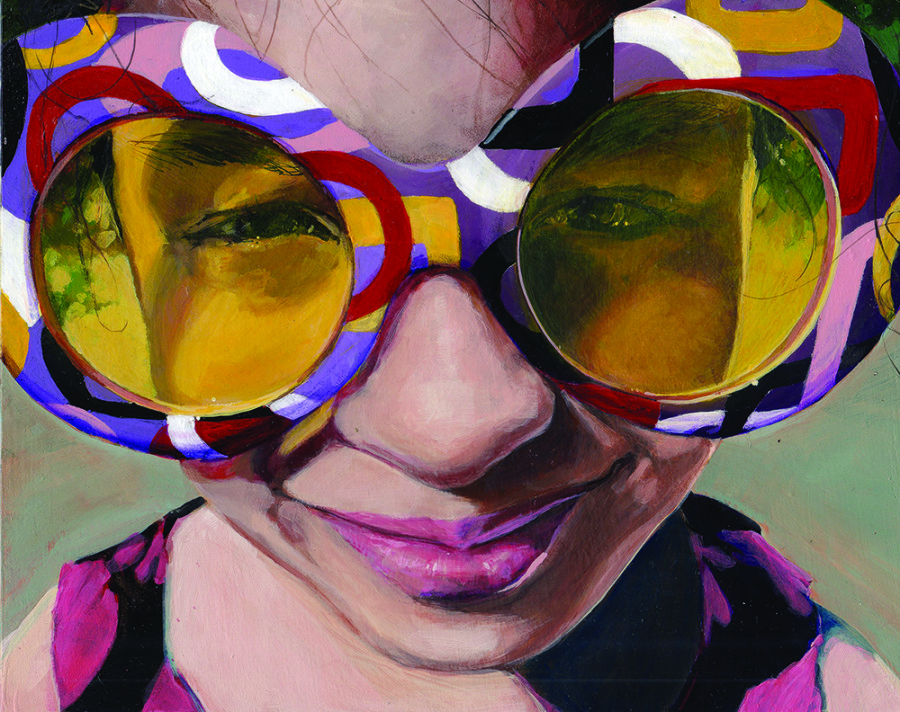
3. Paint Everything, Or Anything
Marine presents six subject areas: still lifes and flowers, landscapes, animals, people (including self-portraits!), cars and buildings and abstracts. One exercise for still-life enthusiasts involves wandering around your house looking for one or more simple objects to paint. "Consider objects like fruit, vegetables, simple one-color cup or mug, plate, silverware, vase, flower, toaster and so on. Now find a simple one-color background (paper or fabric) and set up a still life."
We suggest channeling Claes Oldenburg or Wayne Thiebaud. And for some self-portrait inspiration, try Frida Kahlo or good ol' Vincent van Gogh.
4. Explore Your Own Neighborhood For Inspiration
"Take a walk around your neighborhood with your camera, looking for scenes that interest you. Keep an open mind. What you might first take as ugly could have incredibly interesting colors and values. Take lots of pictures. For every good one, you might have to take one hundred bad ones. When you get home, look through your pictures on your computer so you see them nice and big. Squint at each one to get a better sense of whether the composition and values are interesting -- use your instinct. Choose one image." And voila!
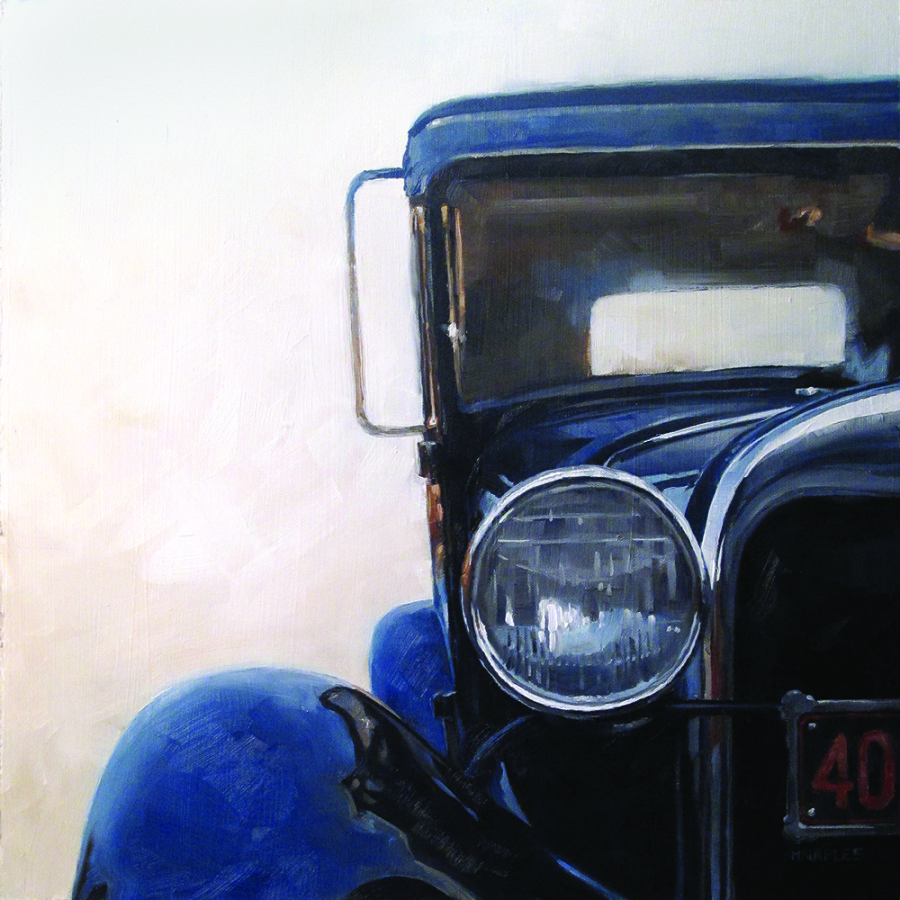
5. Learn The Lingo
So what do value and composition mean? Value is the lightness or the darkness of a color. Take, for example, a white mug. When you gaze upon such a monochromatic cup, you might notice the shadows and lighting manipulate the way that one white color appears. It might seem like an impossible concept, but Marine has advice here too. "Spend some time with charcoal, paper, and some simple subjects. Work from life (because cameras skew value a lot) and before you begin, ask yourself: Where is my darkest value? Where is my lightest value? Where do the others fall on the value scale? How do all the values relate to each other? It can be helpful to simplify the values into big shapes in your head so they're easier to deal with."
Composition is essentially the arrangement of visual elements in a work. One could teach an entire class on composition, but for Marine, it boils down to this: "Trust only your instinct at first."
6. Dive Into Color Mixing
Color theory is another one of those ideas that's launched an entire subclass of studies at art institutes across the world. But, there's also a modicum of subjectivity when it comes to assessing the saturation of color. Here's a quick exercise Marine includes in the book: Combine two yellow colors, three reds and two blues on a palette. Mix two of these at a time to create six oranges, four greens and six purples. Document the mixing of these colors in a grid (three-by-six panels), placing the most saturated colors on the left. The color difference will be subtle, Marine notes, but you'll get a better feel for the nuances of color this way.
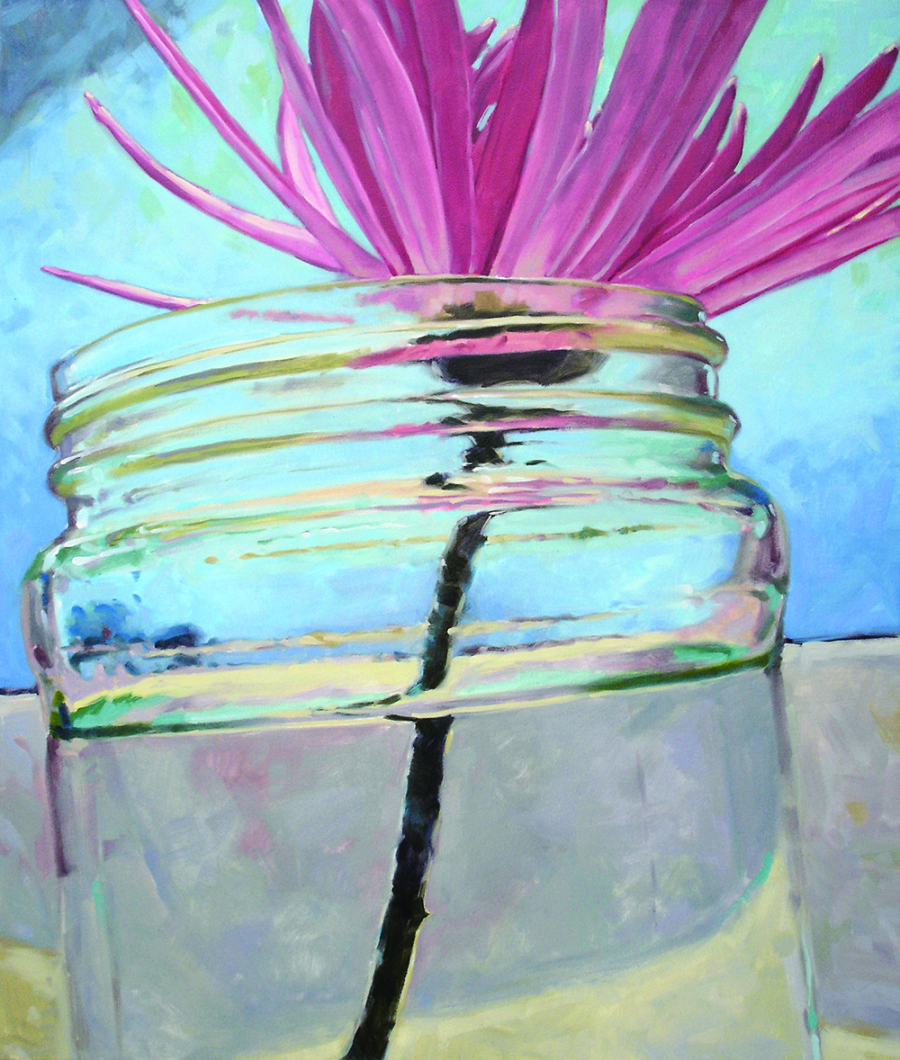
7. Sketch, Sketch And Sketch
One of the best ways to master proportion and perspective in painting: sketch first. In fact, there's an entire book on making sketching a part of your daily life. It's here!
8. Fight Artist's Block
In five steps. One, take a workshop to spark new ideas based on someone else's experiences. Two, tackle some new subject matter by switching from still lifes to portraits, or landscapes to animals, even if you're not comfortable with the genre yet. Three, try another medium by switching your paint or surface. Four, change your environment or perspective. Five, explore an alternate creative outlet like photography.
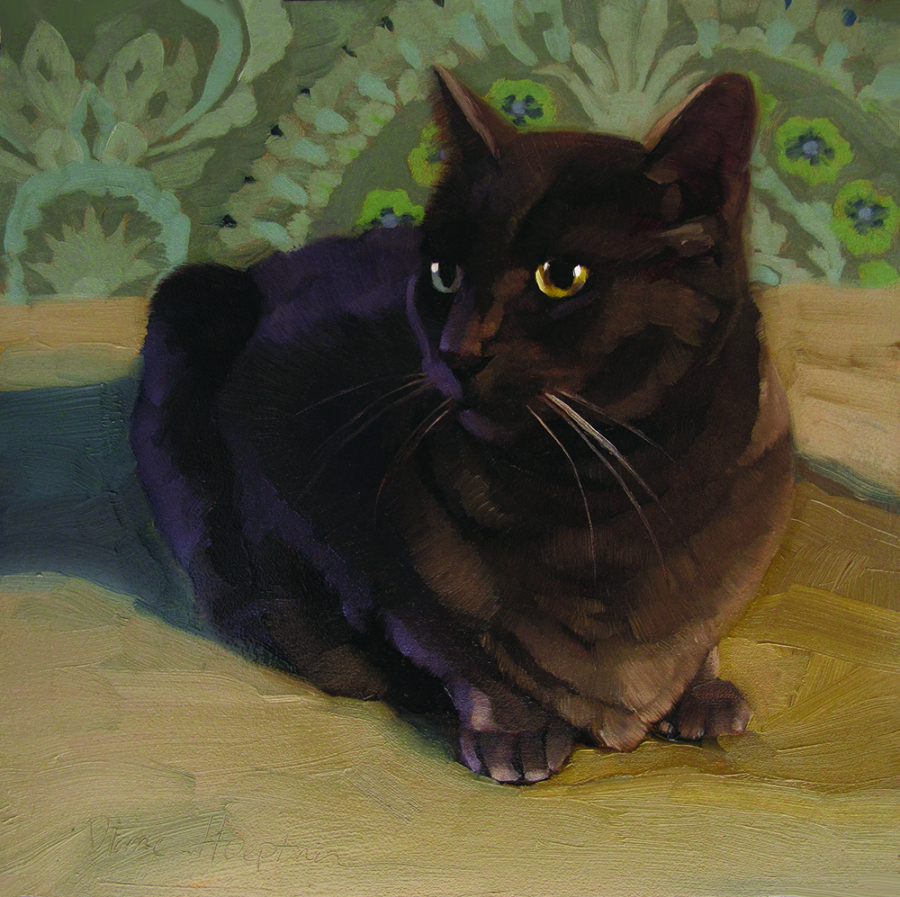
9. Don't Make Excuses. It Really Can Fit Into A Busy Schedule.
"It can be daunting (to the point of endless procrastination) to think of fitting art in... But if you can find a corner (and it can be a small one, since daily painting shouldn't take up a lot of space), have your stuff always set up, and get in the habit of producing one small painting each day that may take an hour to complete, the idea is far less daunting."
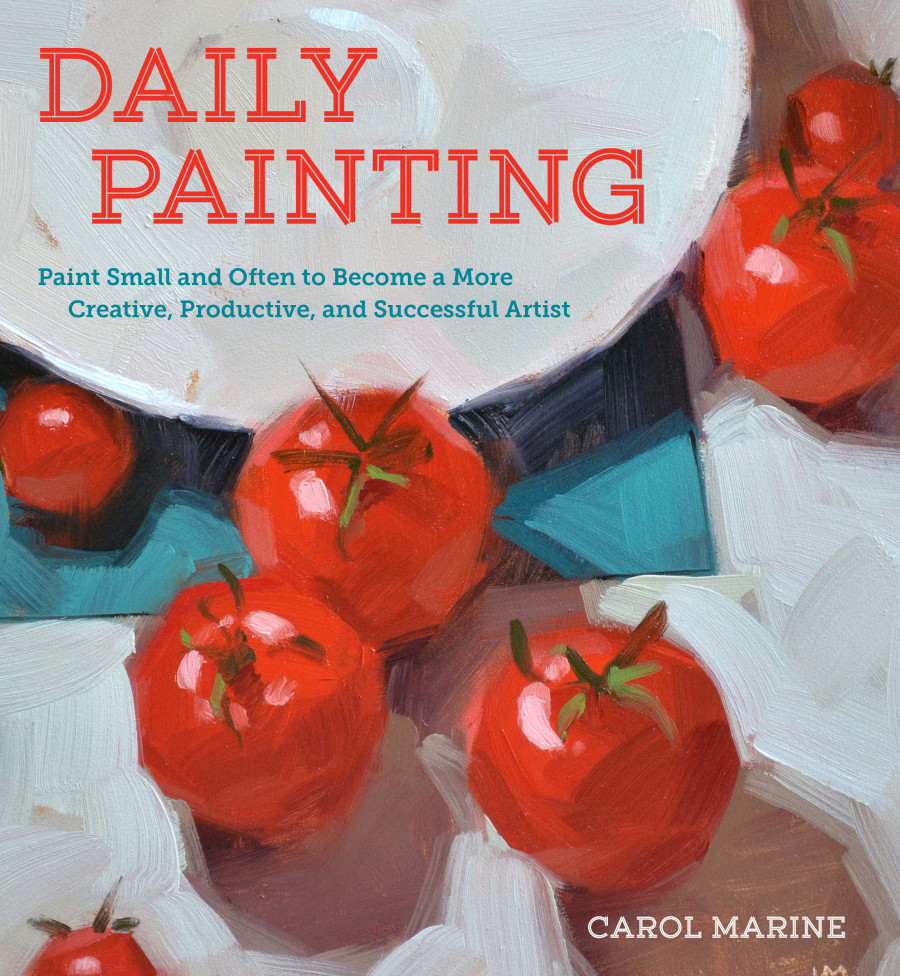
Daily Painting is available through Random House here.